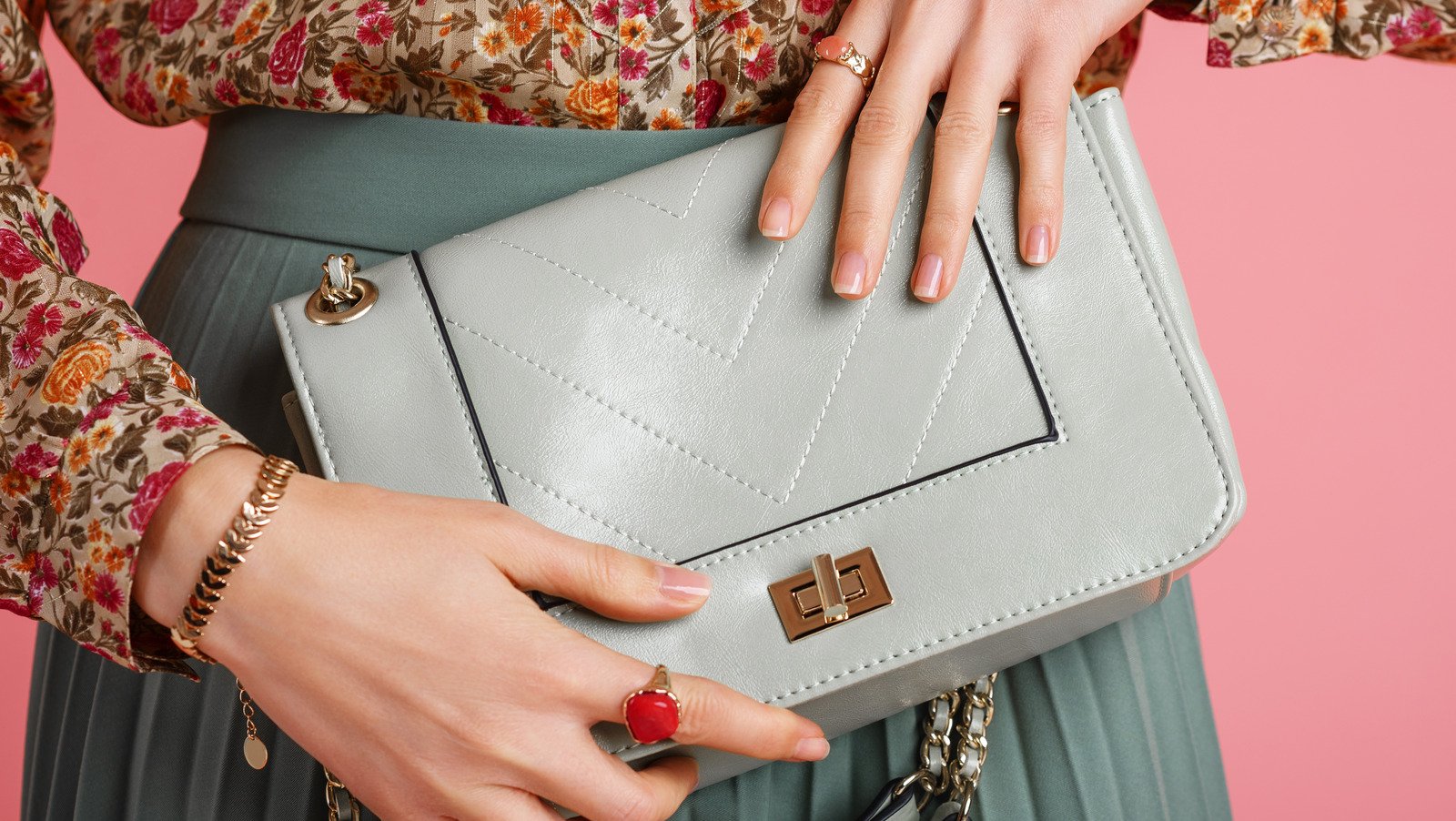The fashion industry has changed a lot in recent years. A growing number of consumers are moving away from fast fashion, opting for fashion instead. With increased environmental and social awareness, this shift has led to an increase in discretionary consumers. But what exactly does it mean to make the right fashion choices, and how does consumer imagination impact the world? This article explores the nuances of ethical fashion, the benefits of consumer consciousness and how individuals can make meaningful changes through their purchasing decisions
Growing consumerism in fashion
Discretionary buying is not a spontaneous phenomenon; It’s a trend towards responsible consumption. In the case of fashion, this means intentionally purchasing clothing and accessories that conform to values such as sustainability, fair labor practices, environmental protection, and more As consumers become more aware of the negative effects of fast fashion—such as inefficiency conditions, consumption, and environmental damage—many choose to they will support companies that put ethics above profit.
The Ethical Fashion Movement
The ethical fashion movement began as a response to the exploitative practices often associated with the global fashion industry. For decades, fast fashion has prioritized cost-effectiveness and profit, often at the expense of labor and the environment. But the catastrophic Rana Plaza factory collapse in Bangladesh in 2013 that killed more than 1,100 garment workers was a wake-up call for businesses and consumers This tragedy highlighted the urgent need for transparency, accountability and better working conditions at strategy emphasizes supply chain .
Beautiful Products
Since then, the ethical fashion movement has evolved. Consumers also expect more from the brands they support, and recommend more transparency about the origin and style of their clothes To meet this demand, ethical fashion has emerged, and they not only offer beautiful products but they do it with respect for people and the planet.
Sustainability
Ethical fashion prioritizes sustainability by using materials and processes that have minimal impact on the environment. This includes the use of organic or recycled textiles, eco-friendly technologies and renewable energy.
Fair Business Practices
The use of ethical dress codes ensures that all workers involved in production are treated fairly, have safe working conditions, fair wages and respect for their rights and this often means that working with accredited fair trade providers or direct support from artisans.
Transparency of actions
Transparency is the cornerstone of ethical fashion. Consumers can trace the origins of their garments from the raw material source to the final product. Companies that embrace transparency often share details about their supply chains, including factory partners and resources.
Animal Welfare
Ethical fashion also considers animal welfare. Companies that follow this principle avoid using animal-derived products such as leather, wool and leather, or ensure that these products are sourced from suppliers with ethical humane a where people are put first.
Circular structures
Circular clothing is an emerging concept in ethical fashion that focuses on extending the life of clothes. This includes designing clothes to last longer, encouraging clothing repair and recycling, and reducing waste through innovative practices such as recycling.
The environmental impact of ethical fashion choices
The fashion industry is one of the most polluting industries in the world. From using lots of water to make cotton to removing toxic chemicals during the dyeing process, the environmental impact of clothing is amazing Ethical fashion choices aim to reduce impact this by adopting sustainable practices that protect the planet.
Traditional Cotton
For example, many ethical fashion brands use organic cotton, which is grown without harmful chemicals and requires less water than traditional cotton. Others opt for alternative materials called Tencel, fibers made from sustainably sourced trees and shrubs, or recycled nylon made from ocean and landfill waste In addition, and conduct pa resources often prioritize local production to reduce the carbon footprint associated with transportation and support local economies.
Ethical Choices
By making ethical choices, consumers can significantly reduce their environmental impact. Sponsoring companies that prioritize sustainability sends a powerful message to the industry, encouraging more companies to adopt environmentally friendly practices and invest in new trends so permanently in the.
The effects of social implications
In addition to the environmental benefits, appropriate fashion choices also have a significant social impact. The global fashion industry is notorious for labor exploitation, especially in developing countries where labor laws are often weak and wages are low By supporting ethically-aware fashion brands, consumers can has helped to combat these injustices and promote fair labor practices around the world.
Fair Trade Fashion
Fair trade fashion is a prime example of how discretionary consumerism can create positive social change. Fair trade certification ensures that workers are paid fair wages, work in safe conditions and have access to essential rights such as health and education. By choosing the right brands, consumers can directly support the well-being of garment workers and contribute to the development of sustainable communities.
Marginalized Communities
In addition, many ethical fashion brands work directly with artisans, preserving traditional crafts and providing economic opportunities in marginalized communities. This approach not only helps to preserve cultural heritage, but also empowers individuals by giving them control over their livelihoods.
The Role of Technology as Ethics
Technology has played an important role in the evolution of ethical fashion. From Blockchain for supply chain management to 3D printing for waste reduction, technological advances are enabling manufacturing companies to push the boundaries of what’s possible in a sustainable and ethical way
For example, Blockchain technology enables consumers to trace the journey of their garments from the field to the rack, ensuring that every step of the manufacturing process meets ethical standards This element of transparency builds trust between brands and consumers, making it easier for consumers to make informed decisions.
Lab-Grown Leather
Similarly, advances in materials science lead to the development of new textiles that are more durable and more efficient. Companies are experimenting with everything from lab-grown leather to biodegradable fabrics, paving the way for a more sustainable fashion future.
Teach yourself

The first step in choosing the right fashion is to educate yourself about the causes you support. Examine their practices, values and offerings to ensure they align with your principles.
Prioritize quality over quantity
Instead of buying lots of fast fashion items that will wear out quickly, invest in high quality products that are designed to last. A well-made suit may be expensive up front, but it will save you money in the long run.
Support ethical brands
Look for a brand that prioritizes growth, fair employee practices and transparency. Clothing with multiple ethical labels in Fair Trade, GOTS Global Organic Textile Standard, or B Corp. certificate of appreciation.
Buying second-hand is one of the most sustainable ways to update your wardrobe. Thrift stores, consignment shops and online forums offer a wide variety of great products that reduce waste and give clothes a second life.
Embrace minimalism
Taking a casual approach to fashion can help you make more appropriate choices. Focus on creating a capsule wardrobe with versatile, timeless pieces that can be mixed and matched for different occasions.
Ethical Fashion and Consumer Consciousness
The future of fashion lies in the hands of smart consumers. As more people realize the power of their purchasing decisions, the demand for fashion will continue to grow. This shift is already evident with the growing number of companies committed to sustainable practices and the growth of initiatives aimed at reducing the environmental and social impacts of the industry the increase in the
But the journey towards a fully ethical fashion industry is underway. This requires consistent advocacy, innovation and collaboration between brands, customers and policymakers. By making ethical fashion choices and supporting conscious consumers, together we can move the industry towards a more sustainable and equitable future.
Conclusion
Ethical fashion alternatives are not just about what we wear; they’re approximately the values we stand for. The impact of aware consumerism extends a ways past the fashion industry, influencing social, environmental, and economic structures global. By embracing ethical style, we can reduce our carbon footprint, assist truthful labor practices, and promote a extra sustainable and equitable global. Every purchase is a vote for the sort of international we need to live in—permit’s make it one which values human beings and the planet over earnings.
